The high-octane world of MotoGP never fails to deliver surprises, but the recent pre-season testing at Sepang has left fans and riders alike in awe.

Subscribe to our Telegram channel for instant updates!
Amidst the roar of engines and the blur of speed, one image stood out above all others – Miguel Oliveira tearing through the corner aboard a 2024 Aprilia RS-GP, adorned with an array of pitot tubes attached at the seat.
This sight, reminiscent of Formula 1’s aero rakes, marks a bold leap forward in MotoGP’s pursuit of aerodynamic excellence. While such technology is commonplace in the four-wheeled realm, its appearance on a MotoGP bike is nothing short of revolutionary. Yet, for Aprilia, a team at the forefront of MotoGP’s aero evolution alongside Ducati, this move is not just groundbreaking but a testament to their commitment to innovation.
However, let’s address the elephant on two wheels – the sheer audacity of the contraption adorning Oliveira’s bike. It’s a monstrosity, there’s no denying it. The rear of MotoGP bikes has become a battleground for innovation, unhindered by the technical regulations governing other areas of development. With a limited number of upgrade homologations per season, factories have turned their attention to the seat unit, pushing the boundaries of what’s possible in pursuit of performance gains.

From stegosaurus wings to KTM’s ‘box’ wing, the creativity knows no bounds. But with great freedom comes great… well, let’s call it creativity. Even MotoGP legend Marc Marquez couldn’t hide his disdain, likening the aero advancements to Formula 1 – a sentiment shared by many purists in the paddock.
Yet, as Marquez himself acknowledges, it’s the way of the future. MotoGP’s next regulations overhaul isn’t due until 2027, leaving three more seasons of unbridled aero experimentation. While some may lament the direction the sport is heading, there’s no denying the excitement and intrigue it brings.
So, buckle up, MotoGP fans. We’re in for a wild ride as the pursuit of speed reaches new heights – or should we say aerodynamic lows?






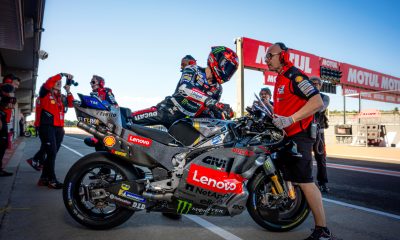

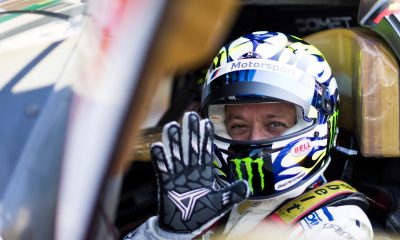
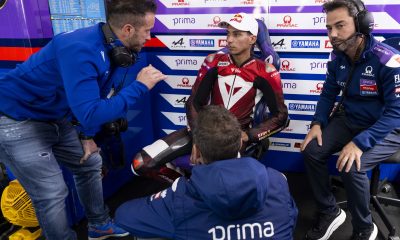

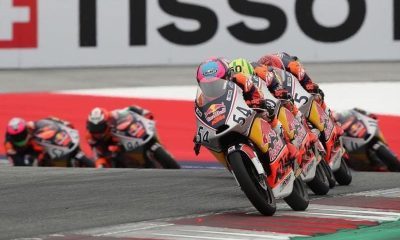
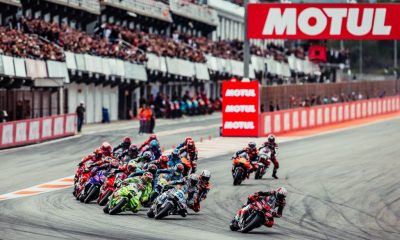


















Facebook
Instagram
X (Twitter)
YouTube
LinkedIn
RSS